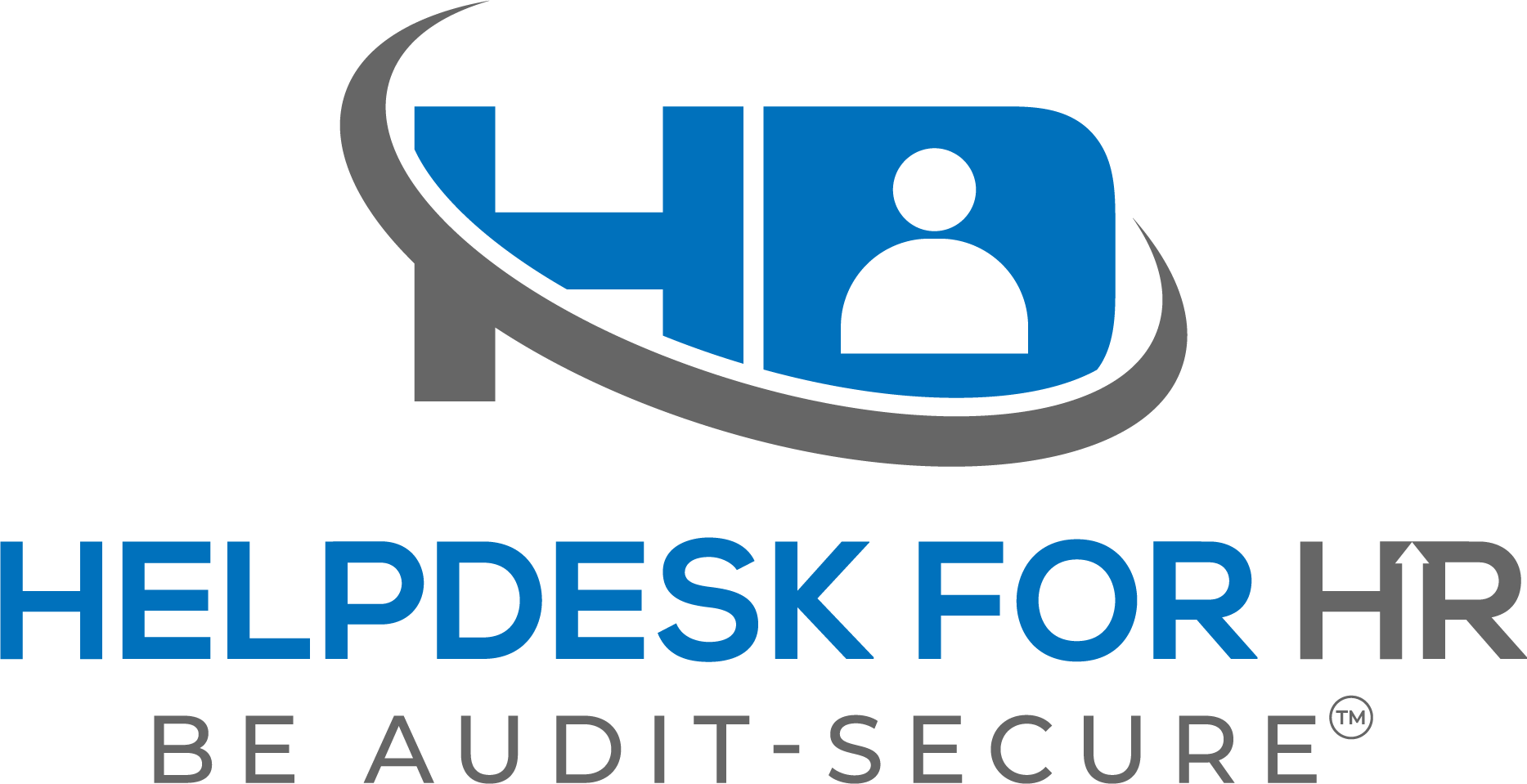No, the silica standard requires employers to follow manufacturer instructions that are related to dust control. In determining which instructions might relate to dust control, employers should consider whether the failure to follow the particular instruction would increase employee exposure to silica. Examples of manufacturer instructions for minimizing dust emissions could include:
- Instructions on the use of water, water supply, flow rates, etc., including installation and maintenance of integrated water delivery systems;
- Instructions on when to change water, where water supply is reused;
- Instructions on the use, installation, and maintenance of dust collectors or vacuums, including recommended flow rate (cubic feet per minute (CFM)), HEPA filters, andcapacity;
- Instructions on the maintenance and replacement of blades; and
- Instructions on the rotation (e.g., speed, direction) of blades.Examples of manufacturer instructions that are not generally related to minimizing dust emissions include:
- Warnings related to electrical hazards, guarding hazards, and noise hazards;
- Instructions regarding the use of personal protective equipment (including respiratoryprotection);
- Instructions on fueling and refueling; and
- Instructions on transporting the tool from worksite to worksite.
OSHA recognizes that sometimes manufacturers adopt particular instructions to serve multiple purposes. Where a given instruction is reasonably related to the level of dust generated, thestandard requires employers to follow that instruction, regardless of whether that instruction serves more than one purpose.
OSHA notes that manufacturers’ instructions that do not relate to minimizing dust emissions may still be relevant to compliance with other OSHA standards and the OSH Act.
October 2018
Tags: OSHA, Exposure Control Methods
Log in or Register to save this content for later.